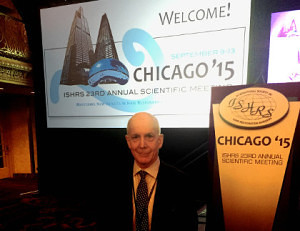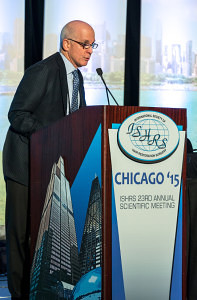Robotic FUE has improved Follicular Unit Extraction by automating what has been a labor intensive and often inexact manual procedure. It is the latest in a long line of improvements made to hair restoration procedures that lead to better results for hair transplant patients. Dr. Bernstein’s recent publication in Hair Transplant Forum International improves the FUE procedure even further, whether performing follicular unit extraction with the FUE robot or by hand.
In his article, Dr. Bernstein suggests two techniques to enhance the FUE procedure. First, he recommends that surgeons create recipient sites prior to extraction, in order to decrease the time grafts are in their holding solution outside the body. Second, he suggests adding time between site creation and graft harvesting and placement, to allow recipient site healing to progress.
Pre-Making Recipient Sites
As is discussed in the full article (which is available for viewing and download in our Medical Publications section), by making recipient sites first, the time grafts are out of the body will be reduced.FUE procedures lend themselves to easily reversing the normal hair transplant sequence of graft (strip) harvesting followed by dissection and site creation.
These “pre-made” recipient sites will also exhibit less bleeding than newly created sites and will exhibit the stickiness that makes older sites easier to place grafts into with less popping (a common source of graft injury). Besides allowing the placing step to proceed more quickly, pre-making sites will reduce the risk of mechanical injury inherent in repositioning elevated grafts.
After Site Creation, Add Delay between Graft Harvesting and Placement
While Dr. Bernstein acknowledges the expediency for the hair restoration physician, as well as the comfort of the patient in a single-day session, he suggests that, to facilitate growth after a transplant, multiple-day procedures should be considered in large hair transplant sessions that involve the placement of thousands of grafts.
In conclusion, these two modifications -— pre-making recipient sites and adding a delay before graft placement -— to the FUE procedure can potentially contribute to better growth due to easier, less traumatic graft insertion, a shortened time “out of body,” and the creation of a more fertile bed for the implanted grafts.
View the full article to read details about these and other potential advantages of pre-making recipient sites
Posted by Robert M. Bernstein M.D. 







